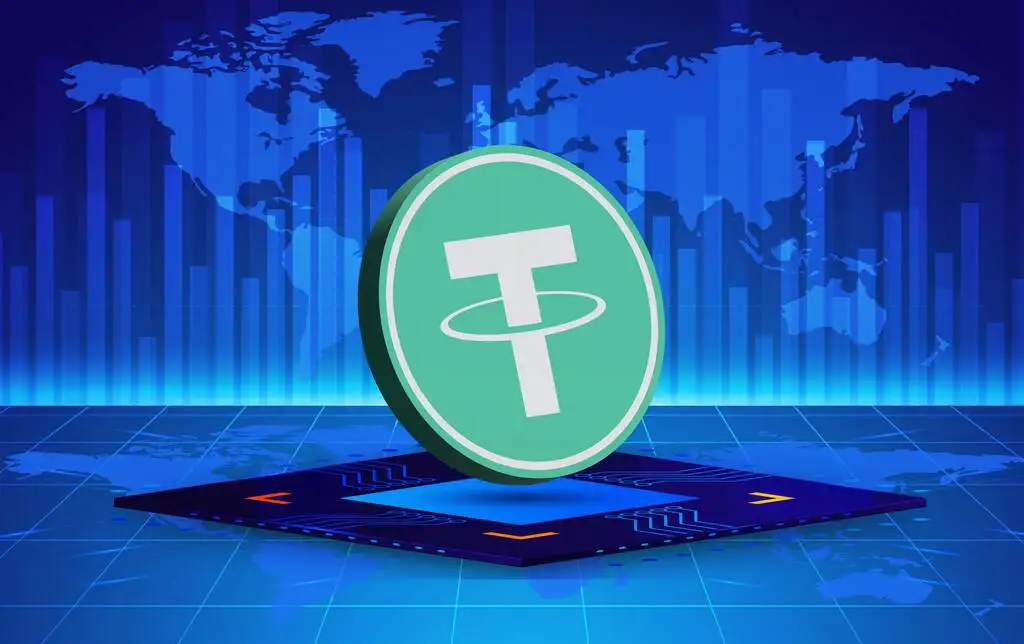
Cryptocurrency markets are known for their volatility—rapid price changes that create immense opportunities and just as many risks. For seasoned traders and new investors alike, knowing how to protect gains is just as critical as making them. This is where USDT (Tether) comes in.
Tether, the most widely used stablecoin, is pegged 1:1 to the U.S. dollar. It acts as a digital dollar within the crypto ecosystem. By converting volatile assets like Bitcoin or Ethereum into USDT at the right time, traders can lock in profits, reduce exposure to downturns, and plan their re-entry into the market with confidence.
In this blog, we’ll explore how USDT is used as a hedge, examine its benefits and risks, and provide actionable strategies for maximizing your crypto profits using this stablecoin.
Understanding USDT and Its Role
USDT is a stablecoin, a type of cryptocurrency designed to maintain a stable value. While crypto assets like Bitcoin are known for their large price swings, USDT is built to remain stable—typically within a cent or two of $1.
It does this by claiming to back every USDT in circulation with an equivalent amount of cash or cash equivalents. Tether Ltd., the company behind USDT, manages these reserves.
Why Stability Matters
For traders, a stable asset provides a critical function:
-
Price Locking: If you bought Ethereum at $1,200 and it rises to $2,000, converting to USDT allows you to lock in that $800 profit—even if the market crashes right after.
-
Avoiding Fiat Withdrawal Hassles: Instead of moving funds into a traditional bank (which takes time and can be expensive), USDT lets you park your money in a stable asset within the exchange.
-
Rapid Re-Entry: When the market corrects or shows signs of bullishness again, you can quickly swap USDT back into crypto.
Profit-Taking Strategies Using USDT
1. The Laddering Strategy
This involves setting multiple price targets and taking partial profits as your crypto asset rises. For example:
-
Sell 25% of your Bitcoin holdings at $40,000
-
Another 25% at $45,000
-
Final 50% at $50,000
Each time, you convert those profits to USDT. This way, you systematically reduce your exposure while capturing gains.
2. Market Exit on High RSI
Technical indicators like the Relative Strength Index (RSI) help spot overbought conditions. When RSI on a major coin like ETH crosses 70–80, it can signal a good time to convert to USDT.
3. Event-Driven Profit Locks
Before major market-moving events (such as Federal Reserve meetings or large token unlocks), traders often convert volatile coins to USDT to avoid unpredictable moves.
4. Use of Stop-Loss in USDT
Set trailing stop-losses that trigger automatic conversion into USDT if the market turns against you. This removes emotional bias and locks in profits efficiently.
Benefits of USDT for Profit Preservation
-
Immediate Liquidity: USDT is available on almost all crypto exchanges with high liquidity, making trades seamless and efficient.
-
Fast Transaction Settlements: No need to wait 3–5 business days like with traditional bank withdrawals.
-
No Market Exposure: Unlike Bitcoin or Ethereum, USDT’s value doesn’t fluctuate. It’s “money parked.”
-
DeFi Utility: You can earn additional yield by staking or lending your USDT on platforms like Aave, Compound, or centralized exchanges like Binance Earn.
Risks and Considerations
1. Tether Reserve Transparency
There have been long-standing concerns about whether Tether is fully backed. Although the company provides reports, they’ve been criticized for lack of third-party auditing.
2. Regulatory Risk
As governments worldwide tighten crypto regulation, stablecoins like USDT are increasingly under scrutiny. This could affect your ability to use or convert USDT in the future.
3. Platform Risk
Holding USDT on an exchange is only as safe as the exchange itself. Always consider using a cold wallet or decentralized options if you're planning to hold large sums.
4. Depegging Events
On rare occasions, USDT has dipped below $1 during high-stress market events. While brief, this can trigger panic if not properly managed.
Real Example: USDT in the 2021 Bull Run
During Bitcoin's surge from $10K to $60K in 2021, savvy investors who took profits in USDT at $40K or $50K avoided the massive drawdowns later. Many then re-entered the market when BTC corrected to the $30K range, effectively doubling their long-term positions.
Tools for Managing USDT
-
Exchanges: Binance, KuCoin, Kraken, and Bybit offer deep liquidity and USDT trading pairs.
-
Wallets: Trust Wallet, Ledger, MetaMask (on Ethereum), and Phantom (on Solana) all support USDT.
-
Analytics: CoinMarketCap, TradingView, and Glassnode for spotting entry/exit points.
Conclusion
In a world of fast-moving digital assets, knowing when to take profits and how to preserve them is essential. USDT offers a simple yet powerful tool for profit-locking without stepping outside the crypto universe.
Whether you're a short-term trader or a long-term investor, learning to incorporate stablecoins like USDT into your strategy can mean the difference between realized gains and evaporated paper profits.
By understanding the tools, risks, and strategies associated with USDT, you're better positioned to navigate market cycles with confidence and consistency.



